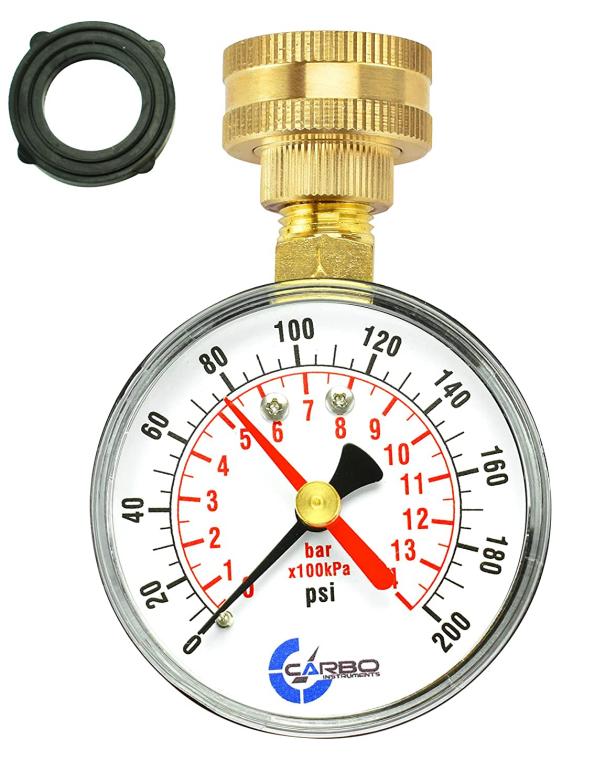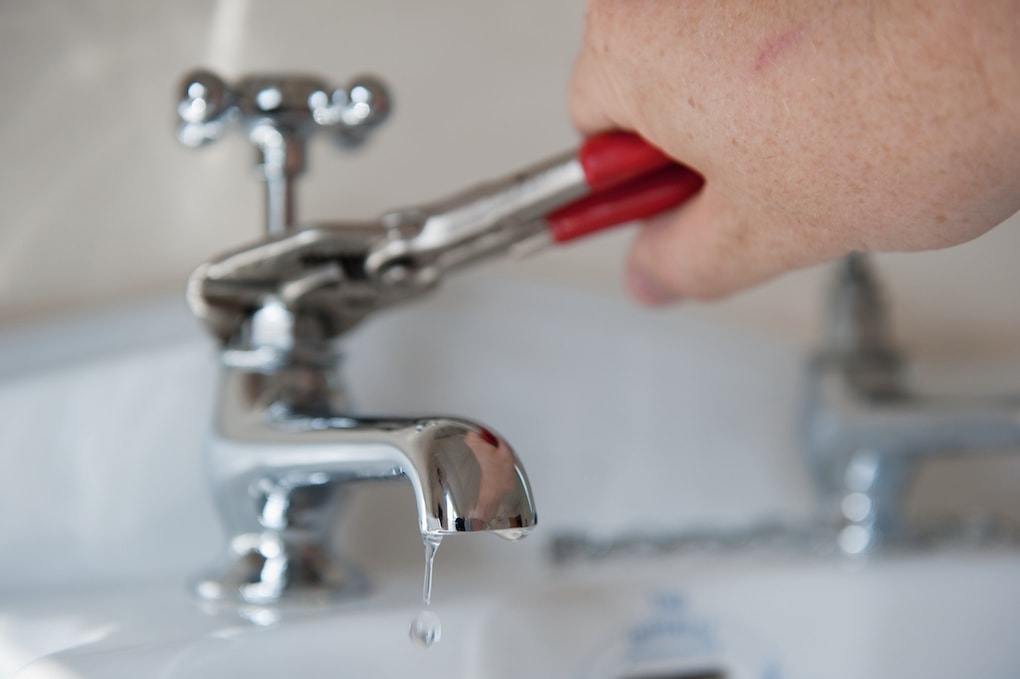Quick Methods for Fixing Low Water Pressure in Your Home
Quick Methods for Fixing Low Water Pressure in Your Home
Blog Article
We've noticed this great article relating to Dealing with Low Water Pressure in Your Home directly below on the net and concluded it made good sense to quickly share it with you in this article.

Low tide pressure in your house can be an aggravating issue, impacting whatever from showering to washing recipes. If you're experiencing weak water flow, there are numerous possible causes and solutions to check out. In this guide, we'll discuss usual factors for low tide stress and functional actions to attend to the concern effectively.
Intro to Low Tide Pressure
Low tide stress occurs when the flow of water from your taps, showers, and various other fixtures is weak than usual. This can make everyday tasks more difficult and much less effective. Recognizing the root causes of low tide pressure is important to locating the best service.
Common Reasons For Low Water Stress
Faulty Stress Regulators
Pressure regulators are in charge of preserving consistent water stress in your home. If they malfunction, it can lead to low tide pressure or irregular circulation throughout your house.
Local Supply Of Water Issues
Sometimes, the issue exists outside your home. Municipal water supply concerns, such as main line leakages or maintenance job, can briefly lower water pressure in your area.
Pipe Obstructions
In time, pipelines can end up being blocked with natural resource, sediment, or particles, restricting the circulation of water. This is an usual issue in older homes with galvanized steel pipes.
Rust
Rust within pipes can bring about leakages and reduced water pressure. Corrosion accumulation can tighten water flow, especially in maturing plumbing systems.
How to Identify Low Water Pressure
Checking Pipes
Inspect noticeable pipes for indications of leaks, corrosion, or clogs. Take note of any type of uncommon noises, such as banging or rattling pipes, which might indicate issues within the plumbing system.
Consulting with a Plumber
If you're unable to pinpoint the cause of low tide pressure, think about employing a specialist plumber to conduct a comprehensive inspection. They can recognize underlying problems and recommend ideal remedies.
Inspecting Faucets and Components
Beginning by testing the water pressure at various taps and components throughout your home. If the issue is separated to certain areas, it might indicate localized troubles.
DIY Solutions to Fix Low Tide Stress
Flushing Water Heater
Sediment buildup in the water heater can limit circulation and decrease efficiency. Purging the storage tank occasionally assists remove sediment and preserve ideal performance.
Checking Stress Regulator
Make certain that the pressure regulator is working properly. Readjusting or replacing the regulator can aid restore proper water pressure throughout your home.
Cleansing Aerators and Showerheads
Mineral deposits can collect in aerators and showerheads, minimizing water flow. Remove and clean up these components on a regular basis to boost water pressure.
Cleaning Clogs in Water Lines
For minor clogs, attempt using a plumbing serpent or chemical drainpipe cleaner to clear obstructions in pipes. Be cautious when making use of chemicals and comply with safety standards.
When to Call an Expert Plumber
If DIY initiatives stop working to solve the problem or if you suspect substantial plumbing troubles, it's finest to seek support from a certified plumber. They have the proficiency and devices to resolve complicated concerns safely and properly.
Preventive Measures to Keep Water Stress
Setting Up a Stress Booster
Think about mounting a pressure booster pump to enhance water stress in locations with consistently reduced circulation. This can be especially advantageous for multi-story homes or residential or commercial properties with high-demand fixtures.
Tracking Water Usage
Bear in mind water use routines and avoid ill-using the plumbing system. Basic adjustments, such as staggering showers and laundry tons, can aid keep sufficient water pressure.
Regular Maintenance
Arrange routine upkeep for your plumbing system to avoid concerns such as corrosion, leaks, and obstructions. Attending to minor problems early can help prevent even more substantial repair work later.
Final thought
Handling low water stress can be discouraging, yet determining the underlying reasons and executing suitable services can bring back optimum flow throughout your home. Whether it's cleansing aerators, evaluating pipelines, or seeking advice from a plumber, taking aggressive actions can guarantee a steady supply of water for your everyday requirements.
FOUR WAYS TO FIX LOW WATER PRESSURE NOW
Turning on a shower or faucet only to find the water comes out in a sad, slow drizzle is never a good feeling. How exactly are you supposed to wash a pan or take a quick shower when it takes 10 minutes just to rinse off a little soap? The good news is that when your water pressure is bad, there's always a cause: typically one that can be easily fixed. Here are some of the most common causes of low pressure and what you can do to fix the issue:
DEBRIS AND MINERAL DEPOSIT BUILDUPS
If you notice low water pressure from just one or two of the fixtures in your house, the problem likely has to do with debris buildup. Water is full of minerals and other debris, all of which can accumulate in your pipes and on your fixtures. This can cause a blockage that affects how much water flows through. To fix this, try filling a small plastic bag with white vinegar, and use a rubber band to hang it around your showerhead or faucet. Let the head of the fixture soak for a few hours, and the vinegar should loosen the deposits.
WATER LEAKS
Leaks are another common cause of low water pressure. If water is flowing out of your plumbing through a hole or crack before it can reach your fixture, the pressure coming out of the faucet or showerhead will be lower. A plumbing professional is your best bet for finding and repairing a leak in your water supply pipes.
Leaks are another common cause of low water pressure. If water is flowing out of your plumbing through a hole or crack before it can reach your fixture, the pressure coming out of the faucet or showerhead will be lower. A plumbing professional is your best bet for finding and repairing a leak in your water supply pipes.
A VALVE ISSUE
If you have low water pressure throughout your home, check your main shut-off valve to make sure it's completely open. You may also want to see if there's a pressure-reducing valve installed. If there is, have a plumber help you adjust the settings to get the pressure you're looking for.
OTHERS USING WATER
Believe it or not, your low water pressure could be caused by your neighbors. If you notice low pressure at certain times of day, it may be because you and the people living next to you have similar schedules - when everyone is showering at the same time, the pressure will be lower in every home. Low pressure throughout the neighborhood may also be caused by an issue with your municipal water supply. If that's the case, call the supplier to see if they're working on the issue.
https://www.rotorooter.com/blog/water-leaking/low-water-pressure-fixes/

I ran across that piece on 10 Reasons for Low Water Pressure in Your House while doing a search on the internet. Do you know somebody who is excited by ? Please feel free to share it. Thanks for going through it.
Call Today Report this page